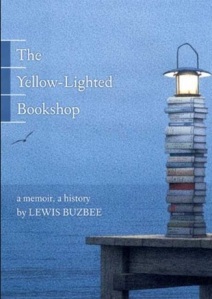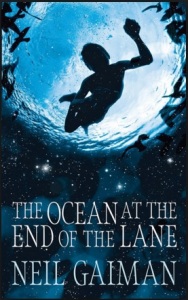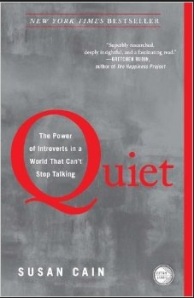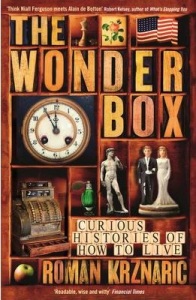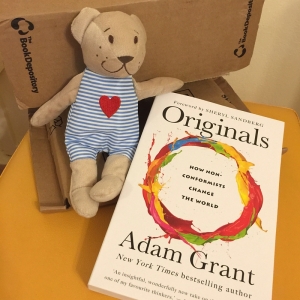A friend and I recently went into a debate about what makes a bookstore tick these days.
Both of us like to read, and she had the good luck of having worked in Kinokuniya before, which happens to be the last big bookstore chain in Singapore that still offers a huge collection.
Kinokuniya’s main store used to be my favourite haunt in town, and I could lose myself in it for hours. I never left it empty-handed, and I could count on it for fresh reads and serendipitous finds every time I was there. Then some time last year, it moved one level up in the same building to a smaller space due to “space restructuring” by the landlord.
My experience there has never been the same again.
Because of the smaller space, little room has been left for proper curation of the books. The shelves are packed more tightly together, making browsing a claustrophobic experience. Books displayed horizontally on tables are stacked higher, making browsing even more difficult for short folks like me. Navigation through the bookstore has also become challenging, because it no longer has the luxury to leave a clear path like the old store that leads from the entrance and which, if followed faithfully, would bring one to most parts of the bookstore. In the “old” days, this path was generously lined with shelves of new and interesting reads that one would “discover” en route to the desired section. Someone once described the path to me as a “time and money sink”, because he always ended up spending most of his “Kinokuniya time” on it, as well as most of his money on books that lined it.
It has been a long while since I visited the main store, because I no longer liked the browsing experience. Online stores, ebooks and the modern library have also made it so much easier for me to access new books and fill my reading appetite. When I lamented about this “loss” to my friend, and how I wished Kinokuniya could better curate its books like what some of the more successful independent bookstores are doing, I received a short lecture on the differences between a big bookstore like Kinokuniya and the smaller independent bookstores, and that it was almost impossible to curate like the small stores while maintaining a large collection in the midst of a space crunch.
Which leads me to the question of why people still visit bookstores today. After all, won’t it be easier to buy books online with just a few clicks and get instant “you may also like these” recommendations?
Before I’m misunderstood for promoting online bookstores and downplaying the brick and mortar ones, I must set the record straight by declaring that I love brick and mortar stores. Nothing can replace the smell of thousands of new books, the way seeing shelves of unread tomes increases my heart rate, and the sudden rush of euphoria from discovering a book that surprises me. I want bookstores like Kinokuniya to do well, and this is precisely why I’m worried. If it has already lost me as a customer in the last few months, how many more did it and will it lose?
I have friends who tell me they visit bookstores to browse. Some make it into a family outing, so their kids have a nice environment to spend an afternoon in. Others just pop into the store to get hold of a specific title they have in mind, and do not have the patience to wait even a few days for delivery.
My sense is that the environment created by the bookstore has become even more important in the face of competition from its digital rivals, be it the events that give it a lively buzz or the displays that make people part with their money. While Kinokuniya should continue to carry enough volumes of popular titles to cater to the mass market (where most of its revenue comes from as I was told), it should also make a conscious effort to set aside well-designed spaces for the curation of alternative titles that might continue to attract existing customers and draw in new ones.
But of course, I know Kinokuniya has to continue to exist in the first place and be given a chance to evolve. I just received a mailer that says the bookstore is having a storewide 20% discount for members this weekend.
I think I’ll go book-shopping in town this weekend.
Meantime, what keeps you going back to the brick and mortar bookstores?


